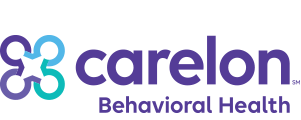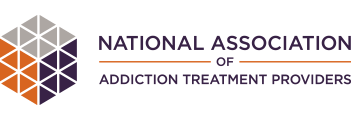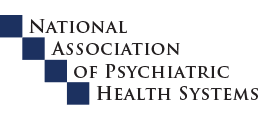Massage increases body awareness, promotes relaxation, and decreases muscle fatigue and strain, which complements the therapeutic process. Massage therapists are licensed and strive to maintain the highest standards of continued education and professionalism.
What is Massage Therapy?
Massage is generally considered part of complementary and alternative medicine. It’s increasingly being offered along with standard treatment for a wide range of medical conditions and disorders. Massage is a general term for pressing, rubbing and manipulating your skin, muscles, tendons and ligaments. Massage therapists typically use their hands and fingers for massage but may also use their forearms, elbows and even feet. Massage may range from light stroking to deep pressure techniques.
There are many different types of massage, including Swedish massage, deep tissue massage, sports massage, trigger point massage, reflexology, warm stone massage, and Shiatsu massage to name a few.
Packages are available upon request
Physiological and Psychological Changes
Massage as a healing tool has been around for thousands of years in many cultures. Touching is a natural human reaction to pain and stress, and is used for conveying compassion and support. Healers throughout history have developed a wide range of therapeutic techniques using touch.
Massage therapy does more than just relax your body and mind, physiological and psychological changes occur, even more so when massage is utilized as therapy and not simply as a luxury. Massage therapy can be a powerful tool in the recovery process.
Benefits of Massage Therapy
- Stress reduction
- Decreased anxiety and depression
- Pain management
- Lowering of blood pressure
- Enhanced sleep quality
- Improved concentration
- Improved circulation
- Reduced fatigue
Research continues to show enormous healing and therapeutic benefits of touch. Massage therapy is becoming a more integral part of healing and recovery treatment programs.
Numerous studies indicate that massage therapy helps relieve depression and anxiety. It has lowered levels of Cortisol by up to 50 percent, and increased levels of neurotransmitters that help reduce depression.
What Disorders Does Massage Therapy Treat?
Massage therapy is used as part of a comprehensive and integrated therapy plan to treat numerous disorders, including the following:
- Addiction
- Drug Abuse and chemical dependency
- Alcoholism
- PTSD – Post Traumatic Stress Disorder
- Anxiety Disorder
- Panic Disorder
- OCD -Obsessive-Compulsive Disorder
- Bipolar Disorder
- Depression Disorders
- Pain management
- Eating Disorders
Massage therapy is showing great promise in specifically treating anorexia nervosa. In a study with women diagnosed with anorexia, the results demonstrated that after receiving a massage twice a week for five weeks, the residents reported lower stress and anxiety levels. These women also had lower cortisol levels and increased dopamine and norepinephrine (“feel good” hormones) after the massage therapy treatments. They also reported decreased body dissatisfaction on the Eating Disorders Inventory as a result of massage therapy.













